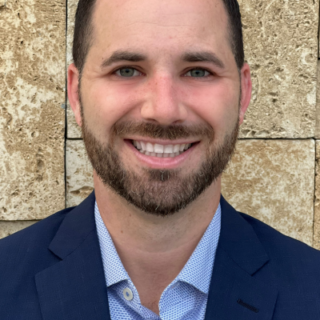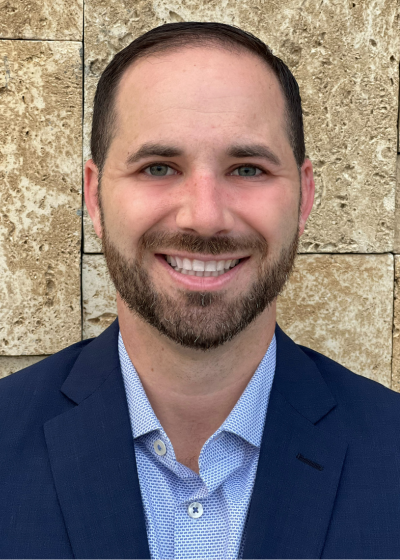Table of Contents
- What’s happening in 2025?
- Why are rates climbing faster than material costs?
- Who’s getting hit the hardest?
- Where can you still find savings?
- When should you act in the 2025–26 cycle?
- How to strengthen your bid & prequalification package
- Office-to-Lab/Data Conversions: special watch-outs
- FAQs & common misconceptions
- What this means for the INSURANCE industry
- Sources and Further Reading
- Premiums are up: Many Bay Area contractors with tech/data-center exposure report mid- to high-single-digit GL increases and roughly 7–15% on excess/umbrella layers. Distressed risks see higher.
- Limits are rising: Large owners increasingly require $5M per-occurrence / $5M aggregate umbrella/excess as a vendor minimum on campus-scale or institutional work.
- New exclusions appear: Some E&S GL/Excess forms introduce AI-related exclusions, electromagnetic interference (EMI/EMF) limitations, and tighter electronic-data language. Review endorsements carefully.
- Data-center heat risk climbs: AI server rooms push higher rack densities, hybrid liquid/air cooling, and tighter thermal envelopes. Underwriters ask for spec-based controls aligned with ASHRAE TC 9.9 and NFPA 75 (2024).
Why are rates climbing faster than material costs?
- Claim severity & litigation: Larger verdicts and cost inflation continue to pressure casualty lines, keeping pricing firm on GL and Excess.
- Long tail in California: The state’s statute of repose allows latent-defect suits for up to 10 years after substantial completion, extending the completed-ops tail.
- Conversions add complexity: Office-to-lab/data conversions require heavy HVAC, specialty suppression, UPS/battery planning, and higher loads—more coordination risk and potential failure points.
- Reinsurance still selective on casualty: Even as some property reinsurance softened in early 2025, excess casualty capacity remains disciplined for construction risks.
Who’s getting hit the hardest?
- Design-build GCs that accept MEP design responsibility (watch GL professional-services and “your work” exclusions).
- MEP, fire, and clean-room subs installing specialized HVAC, suppression, raised floors, and containment systems; some markets add tighter per-project CO aggregates.
- Start-ups/one-person LLCs without written QA/QC and safety programs; schedule-rating debits can lift premiums 15–25% when controls are undocumented.
Where can you still find savings?
| Lever | How it helps | Notes / what to show |
|---|---|---|
| OCIP/CCIP (wrap-up) | Aggregates project risk; often cheaper than stacking each sub’s policies; reduces gaps and finger-pointing. | Large, multi-tower/campus projects benefit most; request owner loss-control specs early. |
| Per-project aggregates (CG 25 03) | Stops one claim from eroding the entire general aggregate across all your jobs. | Ask for per-project (not per-policy) general aggregate; attach to certs. |
| Targeted higher deductibles (CO only) | Raise deductibles on completed-ops to earn credits while keeping premises/ops lower for day-one incidents. | Carrier rating allows separate deductibles by hazard; model different options. |
| Electronic Data Liability endorsement | Adds back coverage where “impaired property/electronic data” exclusions would otherwise bite. | Request CG 04 37 or equivalent; confirm carve-backs for code-compliant installs. |
| QA/QC & BIM documentation | Fewer defects and less rework → better schedule-rating factors and more competitive pricing. | Provide clash-detection reports, photo logs, water-tightness/leak tests, commissioning reports. |
When should you act in the 2025–26 cycle?
- 120 days before renewal: Big tech owners pre-screen CO limits before inviting bids. Prepare loss runs, endorsements, QA/QC exhibits.
- Immediately after QA upgrades: If you add envelope testing, commissioning, or thermal-management plans, ask your broker to re-market mid-term for credits.
- Before signing MSAs: California anti-indemnity statutes limit broad “Type I” transfers, but many owners still propose them. Get counsel review.
How to strengthen your bid & prequalification package
- Thermal-management plan for AI rooms: Reference ASHRAE TC 9.9 and NFPA 75 (2024).
- BIM coordination proof: Submit clash-detection summaries, RFI trend charts, and resolved conflict snapshots.
- Loss runs (5 years): Separate open from closed claims and attach corrective-action notes.
- Subcontractor vetting: Require equal or higher CO limits, additional-insured endorsement, and per-project aggregates.
- Policy engineering: Request per-project aggregate, split deductibles, and Electronic Data Liability endorsement.
Office-to-Lab/Data Conversions: special watch-outs
| Risk area | What underwriters look for | Your exhibit |
|---|---|---|
| Cooling & heat density | Compliance with ASHRAE envelopes; redundancy; alarm strategy. | Thermal set-points; sequence of operations; containment drawings. |
| Fire protection & batteries | NFPA 75 alignment; UPS/battery room design. | Suppression narrative; battery room layout. |
| EMF/EMI exposures | GL exclusions and data impairment gaps. | Endorsement requests; Electronic Data Liability add-on. |
| Contract transfer | Anti-indemnity compliance; additional-insured status. | Attorney-reviewed indemnity language; sample COI. |
“My owner wants $5M / $5M Umbrella—normal?”
Increasingly yes on campus-scale and institutional work.
“Reinsurance got cheaper—why is my Excess still up?”
Property cat reinsurance softened, but casualty remains pressured. Construction Excess renews +7–15%.
“Can I avoid EMI/AI exclusions?”
Sometimes. Ask for Electronic Data Liability endorsements and carve-backs tied to code-compliant installs.
“Does California really allow latent-defect suits for 10 years?”
Yes. Statute of repose allows up to 10 years for latent construction defects.
“Is ‘Type I’ indemnity back?”
Owners may ask, but California statutes restrict shifting another party’s negligence to you.
What this means for the INSURANCE industry
- Policy language evolves: Expect more exclusionary wording around AI/EMF/electronic data.
- Capacity stays selective: Excess casualty remains choosy. Layering and quota-shares build $25M+ towers.
- Underwriting data wins: Brokers with QA/QC evidence and clean loss runs earn better terms.
Action checklist
- Ask for CG 25 03 (per-project aggregate).
- Split deductibles: keep premises/ops modest; raise CO if credits apply.
- Add Electronic Data Liability endorsement.
- Package QA/QC + BIM proofs.
- For data-center scopes: include ASHRAE/NFPA-aligned plans.
- Have counsel align indemnity with current statutes before signing.
- Amwins — State of the Market: Construction (H1 2025)
- WTW — Marketplace Realities 2025
- CRC Group — 2025 Casualty Market
- California Code of Civil Procedure §337.15
- California Civil Code §2782
- California Civil Code §2782.05
- IRMI — CG 25 03 Endorsement
- InsuranceXdate — CG 25 03 Overview
- FAIA — CGL Deductibles
- ASHRAE TC 9.9 — Datacom Series
- NFPA 75 (2024)
- Hunton Andrews Kurth — AI Exclusions
- Tufts University — Vendor Insurance
- Kansas State University — Vendor Insurance
- Aon Center — Vendor Insurance
- 101 N. Wacker — Insurance Requirements
- DBIA — Clash Detection ROI
- Springer (2025) — BIM Findings




